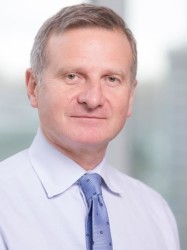BibTex format
@article{Clark:2020:10.1002/ajum.12221,
author = {Clark, AE and Shaw, CJ and Bello, F and Chalouhi, GE and Lees, CC},
doi = {10.1002/ajum.12221},
journal = {Australasian Journal of Ultrasound in Medicine},
pages = {183--193},
title = {Quantitating skill acquisition with optical ultrasound simulation},
url = {http://dx.doi.org/10.1002/ajum.12221},
volume = {23},
year = {2020}
}

